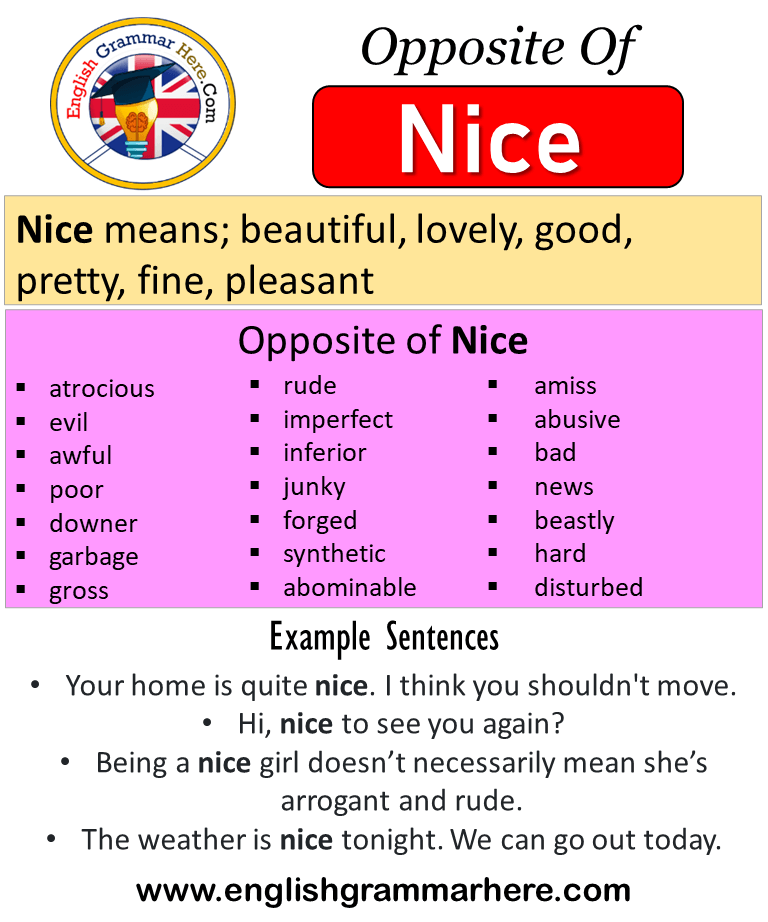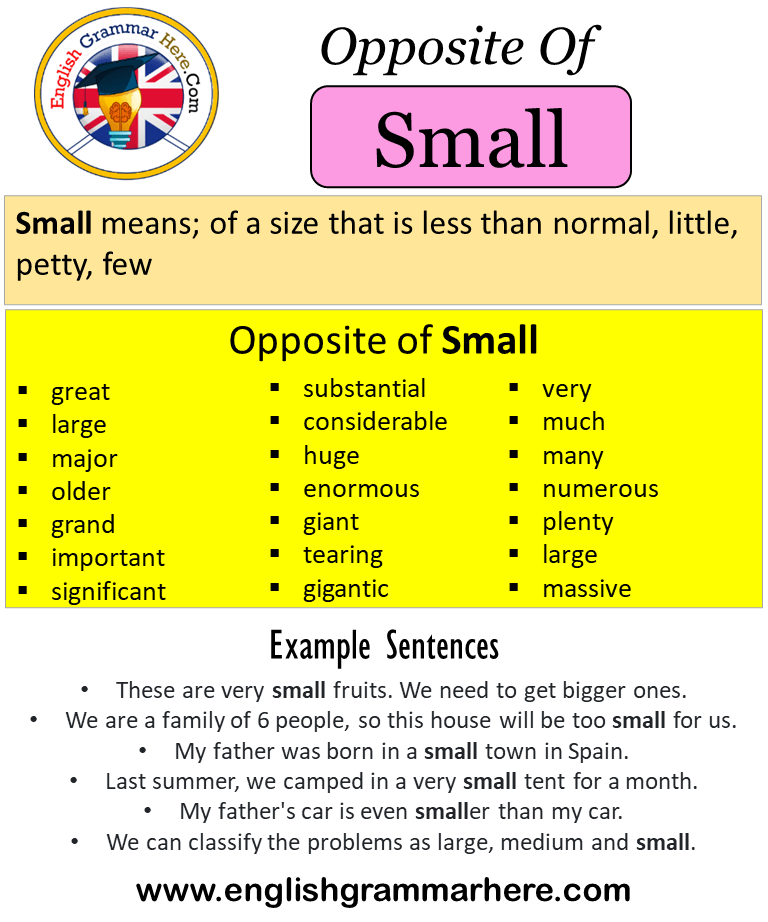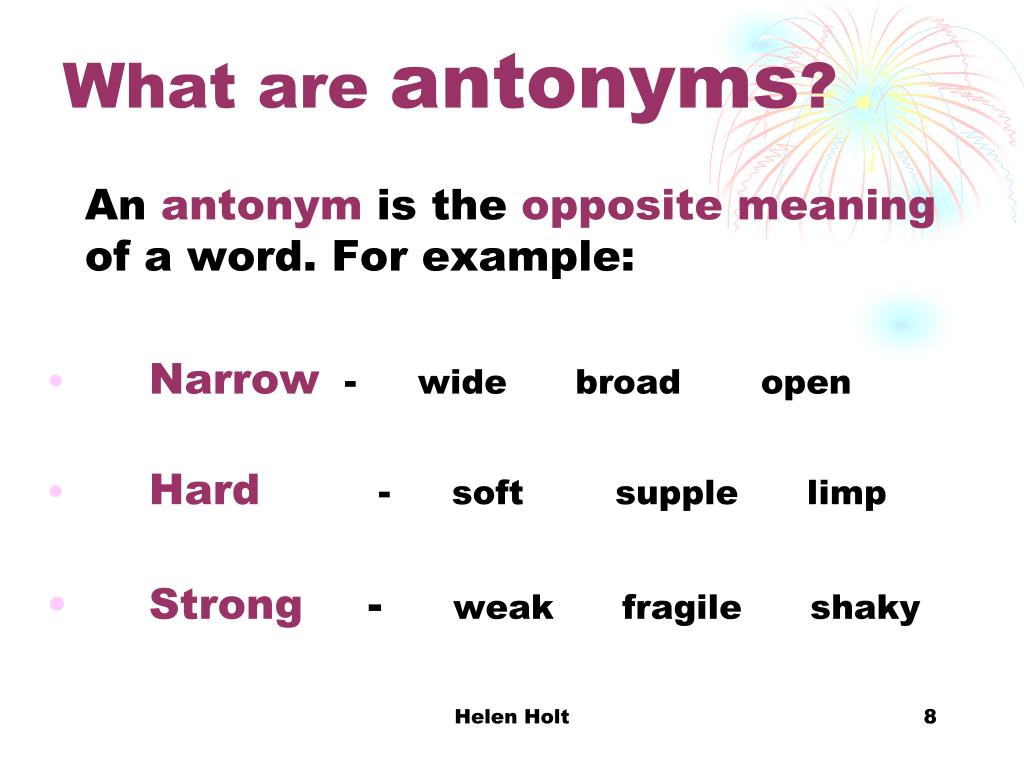

For this reason, different instruments that measure the same construct (e.g., self-esteem)-such as Rosenberg’s Self-Esteem Inventory and Coppersmith’s Self-Esteem Inventory-could be perceived as different methods for measuring self-esteem.

The method can refer to the source of information (e.g., self, others) ( Urbina, 2004) the format scale (e.g., Likert, semantic differential) ( Kenny, 1976), the direction of the statements in the scale (e.g., positive or negative) ( Marsh, 1996), or the overall format of the instrument ( Marsh, Asci, & Thomas, 2002). In the field of measurement, method has a wide meaning, comprising all ways of measuring ( Kline, 2011). For example, in assessing job performance, the primary instrument that measures employee performance may be supplemented by information from external sources such as peers and supervisors. To assess an individual's true psychological complexity, multiple instruments that employ a variety of methods for collecting data are used. Individual attributes such as, for example, intelligence, can be measured by using a number of different instruments and methods. In contrast to the physical sciences, which generally have established and consistent measurement methods, measurement in the social sciences is still evolving, and there is therefore no single exact method for measuring individual attributes ( Urbina, 2004). Measurement process comprises a number of elements, including the attribute being measured, the instrument being used to measure, the methods of using the instrument, and the unit of measurement. These findings confirm that synonym and antonym tests represent the same attribute so that both tests cannot be treated as two unique methods for measuring verbal ability.

The correlation between factor scores of both methods is high (r = 0.994). However, either for the synonym or antonym items, the proportion of variance accounted for by the method is smaller than trait variance. Our analysis showed that measurement models that using correlated trait–correlated methods minus one, CT-C(M–1), that separated trait and method effect into distinct latent constructs yielded slightly better values for multiple goodness-of-fit indices than one factor model. The instrument used was the Graduate Academic Potential Test (PAPS), which includes synonym and antonym questions to measure verbal abilities. Study participants were 3,469 applicants to graduate school. The present study applied one of those models to examine whether method effects were presents in synonym and antonym tests. Various models have been developed to accommodate the amount of variance attributable to the methods but these models application in empirical research is rare. Many researchers have assumed that different methods could be substituted to measure the same attributes in assessment.


 0 kommentar(er)
0 kommentar(er)
